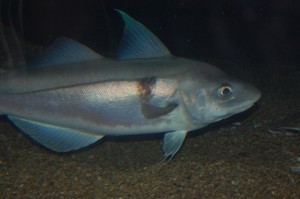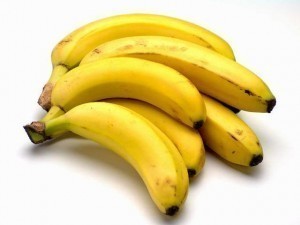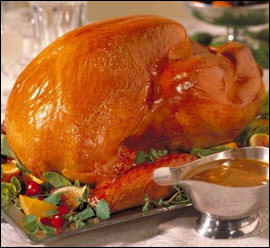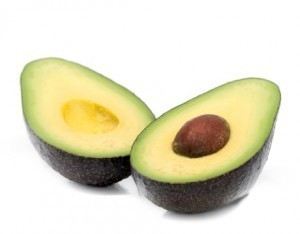Haddock Sizes
The size of the haddock can reach lengths of 1.1 m.  Also known as offshore bake, it is a food fish fished in various locations around the world.
Also known as offshore bake, it is a food fish fished in various locations around the world.
Classification
The haddock (M. aeglefinus) is of the genus Melanogrammus. It belongs to the Gadidae family in the Gadiformes order.
Physical Characteristics
Its most distinguishing feature is the black lateral line which is along the white line. This should not be mistaken with the line on the pollock, which is the opposite.
The fish is also recognized for the dark mark over the pectoral fin. This patch is sometimes called St. Peter’s mark or the Devil’s mark.
Diet and Behavior
The size of the haddock does not seem to influence their choice of food. Most feed on invertebrates, but some are known to eat different types of fish too. Majority of the fish are found 40 to 133 m deep. However the are also some specimens that have been seen going as deep as 300 m.
Many of the adults like to dive into deep waters, while the young ones opt for shallower waters. Most of them like water with temperatures of 2 to 10 C (36 to 50 F).
The younger fish exhibit migratory habits, but the older ones do not. However, seasonal movement is seen regardless of the age or size of the haddock.
Growth Rates and Spawning
The fish is currently experiencing rapid growth. It has also been established the fish attain adult size much quicker than before. But it isn’t clear how much these fish help in the population growth. Spawning takes place between January and June.
The height of spawning is late March. The most vital spawning areas are the seas off the center of Norway. Usually, female eggs can generate 870,000 eggs annually. Some of the bigger specimens can produce 3 million eggs yearly.
Haddock as Food Fish
The fish is one of the widely consumed fish food on the planet. It can be smoked, fried, frozen, sold fresh or canned. The fresh haddock is discernible owing to its white flesh. The fresh haddock is also firm.
Old fillets will have a bluish color, while the fresh ones are clear. The fish is cooked in the same manner as a cod. In some states in the US, the haddock and cod filets are known as scrod. In Scotland it is the most popular fish choice. The fish is also an essential ingredient in the Norwegian fishball.
It should be noted that the haddock does not lend well to salting. It is better preserved via smoking or drying. A popular type of smoked haddock is Finnan Haddie.
This version is named after Finnan village in Scotland where it originated. The smoked haddock will have an off white hue. The smoked haddock is also used in the kedgeree, an Anglo-Indian dish.
The size of the haddock, along with its luscious taste, has turned it into a mainstay at many dinner plates across the world. Thanks to proper management, the fish population has remained steady.





